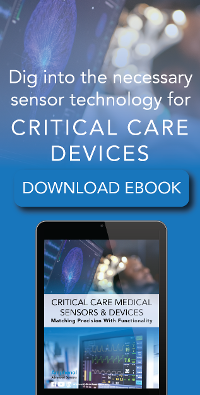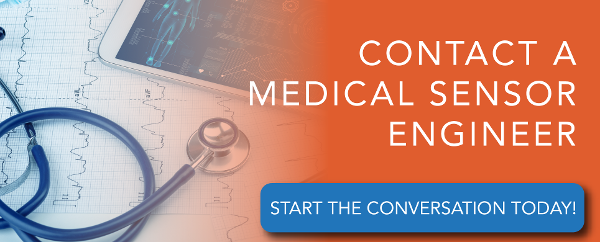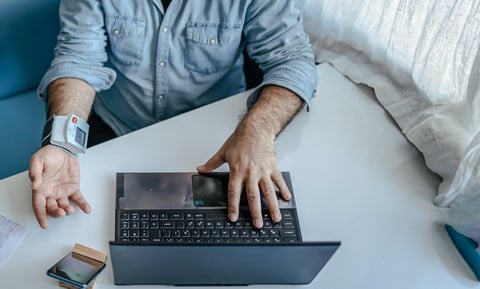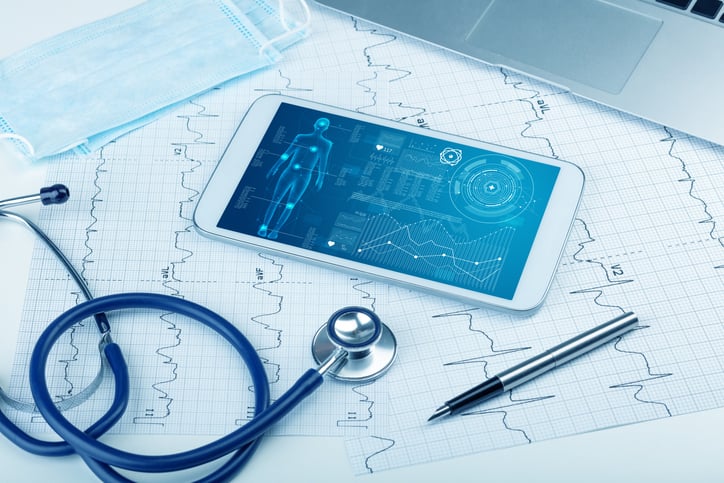Mobile Medical Devices & Sensor Technology | Upgrading Field Care
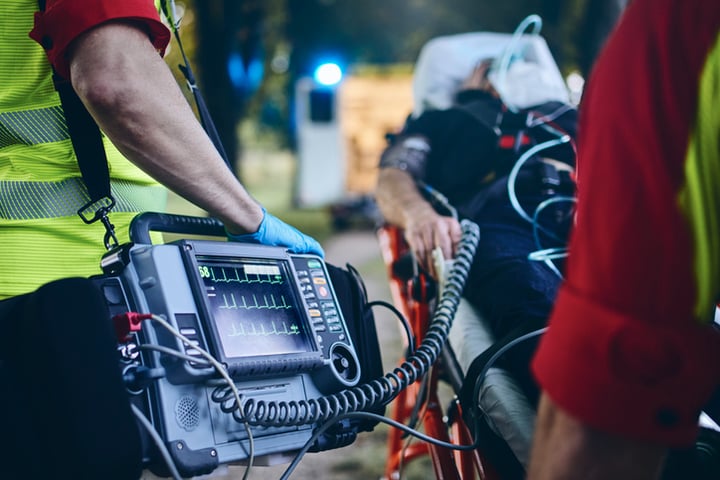
Despite some perceptions, patient care and the medical devices used in it aren't anchored strictly to a doctor's office or medical facility.
While a patient may end up in a traditional healthcare setting for treatment, patient care has always happened in plenty of other places.
Sometimes it's in the back of an ambulance or in the cabin of a medical transport helicopter. Other times, it's exactly where the patient is – be it their home or somewhere outside it.
Regardless of the scenario for treatment or the severity of a patient's condition, data collected by sensors and medical devices can augment the care a patient receives
Mobile medical devices– and their accompanying advanced sensors – are making the process of providing care in these situations easier and more effective than ever before.
Delivering Optimized Care for Patient Outcomes Regardless of Location
Mobile medical devices outfitted with customized advanced sensors allow healthcare providers to bring the necessary technology and accompanying treatment into any patient care situation.
At a macro level, several key facets of patient care – which set the stage for overall improved outcomes – are upgraded regardless of where care is delivered, including:
- Vital sign monitoring
- Communication with EMS
- Remote patient monitoring
1. Improved Vital Sign Monitoring
In the past, vital sign monitoring was often a manual process done in intervals. However, with the development of advanced sensor technology, vital sign monitoring has become more accurate, efficient, and less labor-intensive.
Mobile medical devices with integrated sensor technology allow for continuous monitoring of vital signs just like in, say, a hospital. Through the duration of treatment regardless of location, caregivers are able to identify immediate changes in key metrics such as:
- Heart rate
- Respiratory rate
- Blood pressure
- Oxygen saturation levels
While this monitoring is happening, initial caregivers are free to handle other elements of treating patients while having the most up-to-date data on their vitals.
2. Enhanced Communication Between EMS
With traditional record keeping, data collected on a patient in emergency transport was presented to receiving doctors and nurses when they arrived at the ER.
Through the combination of advanced sensors and smart technology, that same information can be recorded while en route to an ER and transmitted to medical care providers waiting at the hospital for the patient. Essentially, information on the patient and their condition arrives before EMS is on the property.
Those few extra minutes with the patient data can make a significant difference in the treatment they receive upon arrival and the duration of their hospital stay.
3. Viable Remote Patient Monitoring
Thanks to the advancements in sensor and mobile medical technology, remote patient care has become an even more viable alternative for treatment. Sensors can be integrated into wearable devices, medical equipment, and other healthcare devices to monitor patients' health conditions and provide real-time data to healthcare providers.
This approach enables healthcare providers to monitor patients continuously and from a distance. Patients can go about their daily lives while wearing a device that collects data on their vital signs, activity levels, and other important metrics. This data is transmitted to healthcare providers who can use it to diagnose and treat patients remotely.
Using sensors in remote patient care also improves patient outcomes. Providers can use the data collected by sensors to identify changes in a patient's condition early and intervene before the condition worsens. This proactive approach to care can prevent hospitalizations and reduce the risk of complications.
Sensors also offer a more personalized experience for patients. Providers can tailor their treatment plans based on the data collected by sensors, taking into account each patient's unique health profile, lifestyle, and preferences.
Mobile Medical Equipment Upgraded by Sensor Technology
While standard in traditional medical settings, there are many medical devices now made mobile that relocate patient care and do so successfully. Aside from an evolution in OEM medical device design and engineering for both portability and reliability in the field, sensor technology is preserving (and sometimes improving) functionality.
While advances in medical technology will never make field care overtake delivering patient care in standard settings, out-of-office treatment is becoming a more viable and impactful option.
At a micro level, medical devices seeing a new or improved application in providing out-of-office care include:
Blood Pressure Monitors: Measuring a key metric in patient care, a blood pressure monitor measures the force of blood against the walls of arteries, which is an indicator of how well the heart is functioning.
With advanced sensor technology ... and signal processing techniques, blood pressure monitors used in the field are able to filter out noise and interference, ensuring precise and dependable measurements. Additionally, advanced sensors enable non-invasive blood pressure monitoring, allowing healthcare professionals to obtain readings quickly and conveniently without the need for invasive procedures.
Respiratory Monitors: Measuring a patient's lung function and breathing patterns, respiratory monitors track a variety of parameters, such as respiratory rate, oxygen saturation levels, and end-tidal CO2 (ETCO2) levels.
With advanced sensor technology ... Mobile respiratory monitors are able to better detect subtle changes in a patient's breathing patterns, indicating the presence of certain respiratory conditions and illnesses or an immediate change in overall health.
Temperature Monitors: One of the oldest mobile medical devices, modern sensor technology has enabled temperature monitors to become increasingly accurate and reliable.
With advanced sensor technology ... Mobile temperature monitors are now able to detect rapid changes in body temperatures as small as 0.1°F, making them an invaluable tool for quickly diagnosing a patient's condition in the field.
Dialysis Machines: As some treatments can happen outside a traditional medical setting, dialysis machines are becoming increasingly common in ambulatory care.
With advanced sensor technology ... Mobile dialysis machines are able to accurately measure parameters such as blood pressure and fluid levels during treatments. This enables healthcare professionals to provide more precise care with fewer risks to the patient.
Heart Rate Monitors
A stalwart in mobile medical devices, heart rate monitors provide some of the most important data on a patient's condition – their immediate heart rate.
With advanced sensor technology ... Heart rate monitors do more than just qualify a patient's BPM in the field – they can detect changes in heart rate, rhythm, and other parameters that may indicate an underlying cardiac condition. In long-term remote care (more on this later) the data collected by the sensors can also be used to track the effectiveness of medication and lifestyle changes on the user's heart health over time.
Preserving Patient Care Quality Regardless of Location
It's impossible to predict exactly when – or where – patient care will happen. But with mobile medical devices and the advanced sensor technology that goes inside them, healthcare providers are now able to provide quality care in any patient care situation.
In effect, this means that no matter where patient care is needed – in a doctor's office, ambulance, or even somewhere outside of it – caregivers can rest easy that the devices they're using will allow for improved treatment and better outcomes.
Optimize Your Mobile Medical Devices
Speak with one of our sensor engineers today:


